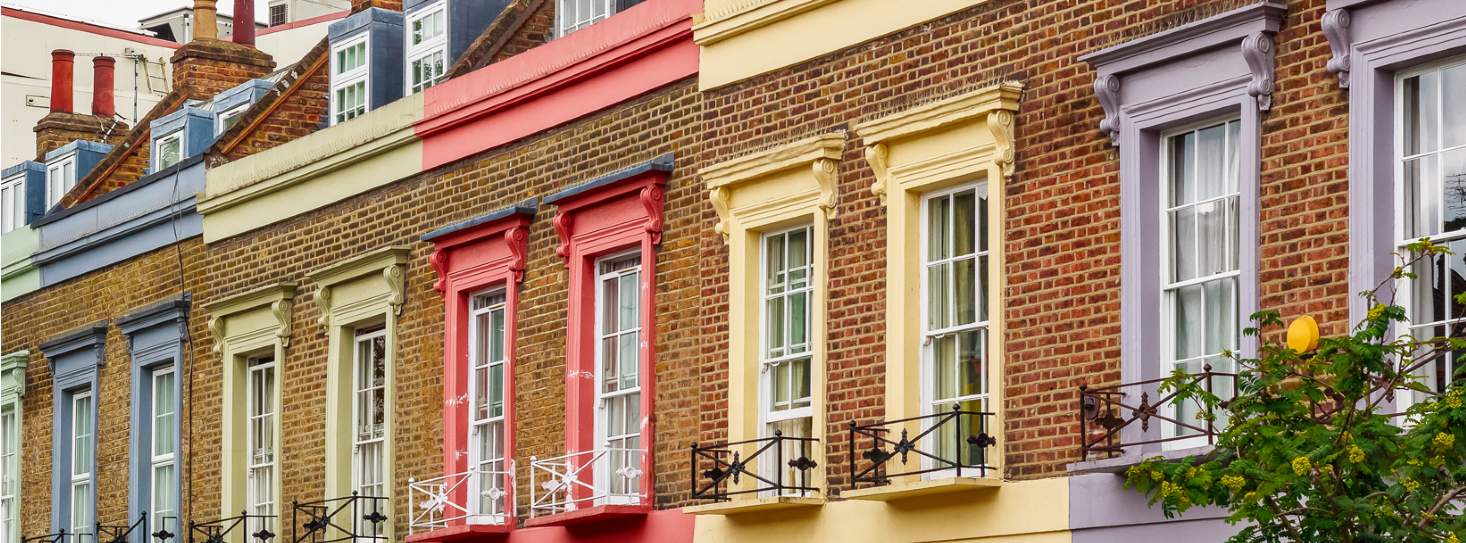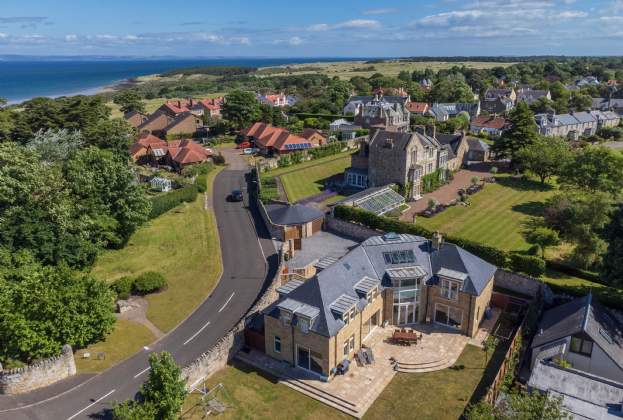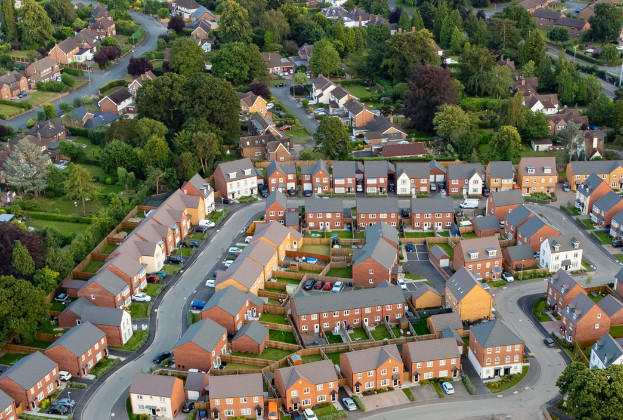In my time as a property researcher there have been two standout events that have caused major disruption to the UK housing market.
The first was the credit crunch, which occurred within six months of my transition from land agent to property analyst, in 2007. It caused the average UK house prices to fall by 19% in just over a year and a half as the global economy tipped into recession. It was, to put it mildly, a baptism of fire.
The second some, 14 years later, has been the pandemic, the response to which has caused a 14% rise in the same metric in roughly the same period.
Few, if any, predicted the extent to which households have reassessed their post lockdown housing needs given their experience of living, working and schooling from home. It has been a salutary lesson that the housing market doesn’t always react in the way you might logically expect.
While we are yet to see what the long term effect of the pandemic on the housing market will be, the credit crunch had a lasting impact in many ways. Indeed, it was not until August 2014 that the average UK house price returned to its pre GFC peak.
Immediately prior to the pandemic the average UK house price was 22% higher than this former high water mark. And, according to the ONS, there were some 28 local authorities - admittedly heavily concentrated in London - where prices were more than 50% above their pre-crunch zenith.
Most home-owners in the south of England would have abandoned 2007 as a reference point for house prices some time ago. However, across all of Northern Ireland and 47 of the 362 local authorities of Great Britain prices were yet to return to their 2007/08 high point.
The price growth since the pandemic means that the 28 local authorities (LAs) has swelled to 90, not only bringing in markets such as South Oxfordshire West Suffolk and Mendip but also the likes of Stevenage, Bedford and Luton.
It has also reduced the 47 authorities to just 7; East Ayrshire, County Durham, Blackpool, Middlesbrough, Inverclyde, Hartlepool and Aberdeen, though the last of these did temporarily see values go from the red into the black from August 2013 to October 2016.
For many existing home-owners the recent burst of house price growth will have substantially added to their housing wealth, if doing little for the challenges their children face in getting on the housing ladder.
But for a lot of home-owners across the North of England, Wales and Scotland the lack of growth since the credit crunch has had a material impact on their ability to trade up the housing ladder. For these home-owners the recent mini-boom in house prices will have opened up the option of moving.
What next for house prices – for our latest 5 year forecasts see here.


.jpg)
.jpg)
.jpg)


(1).jpg)
(1).jpg)

.jpg)